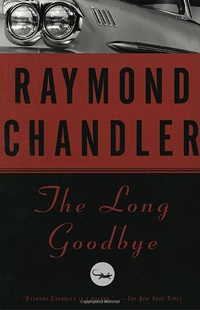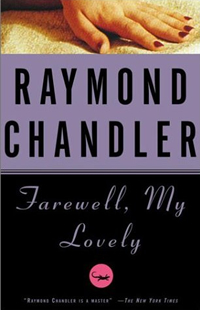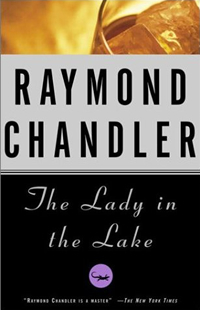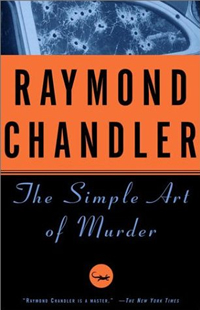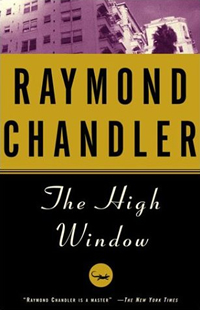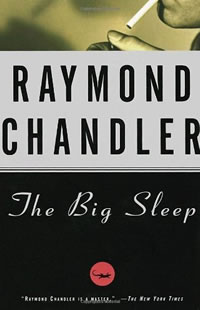
The Big Sleep
The Big Sleep (1939) is a crime novel by Raymond Chandler, the first in his acclaimed series about hardboiled detective Philip Marlowe. The story is noted for its complexity and is heavily influenced by classic Greek tragedy, with many characters double-crossing each other and many secrets being exposed throughout the narrative. The title is a euphemism for death; it refers to a rumination in the book about “sleeping the big sleep”.
Private investigator Philip Marlowe is called to the sprawling mansion of the elderly and paraplegic General Sternwood. General Sternwood asks Marlowe to deal with a blackmailer named Arthur Gwynn Geiger.
